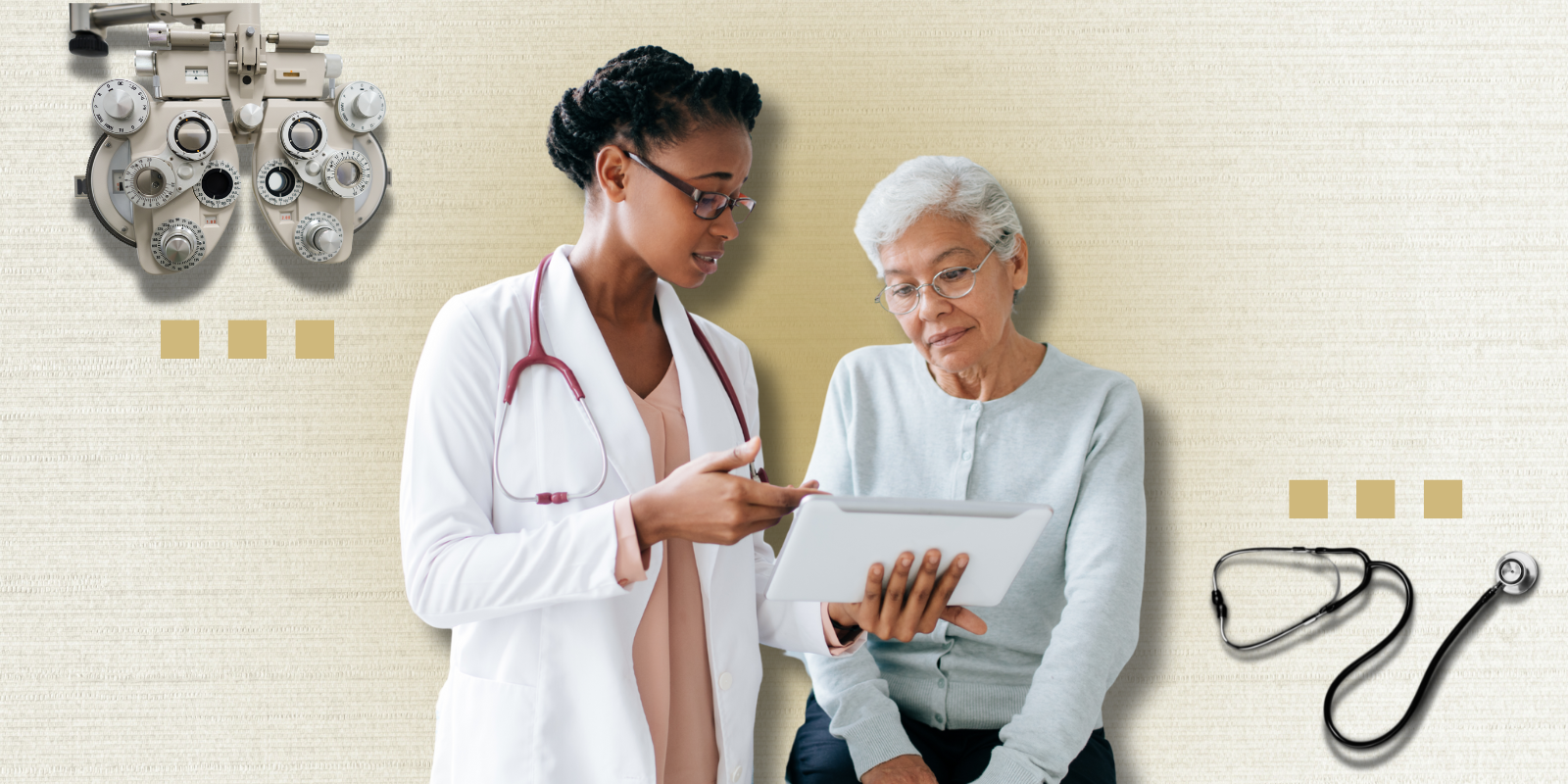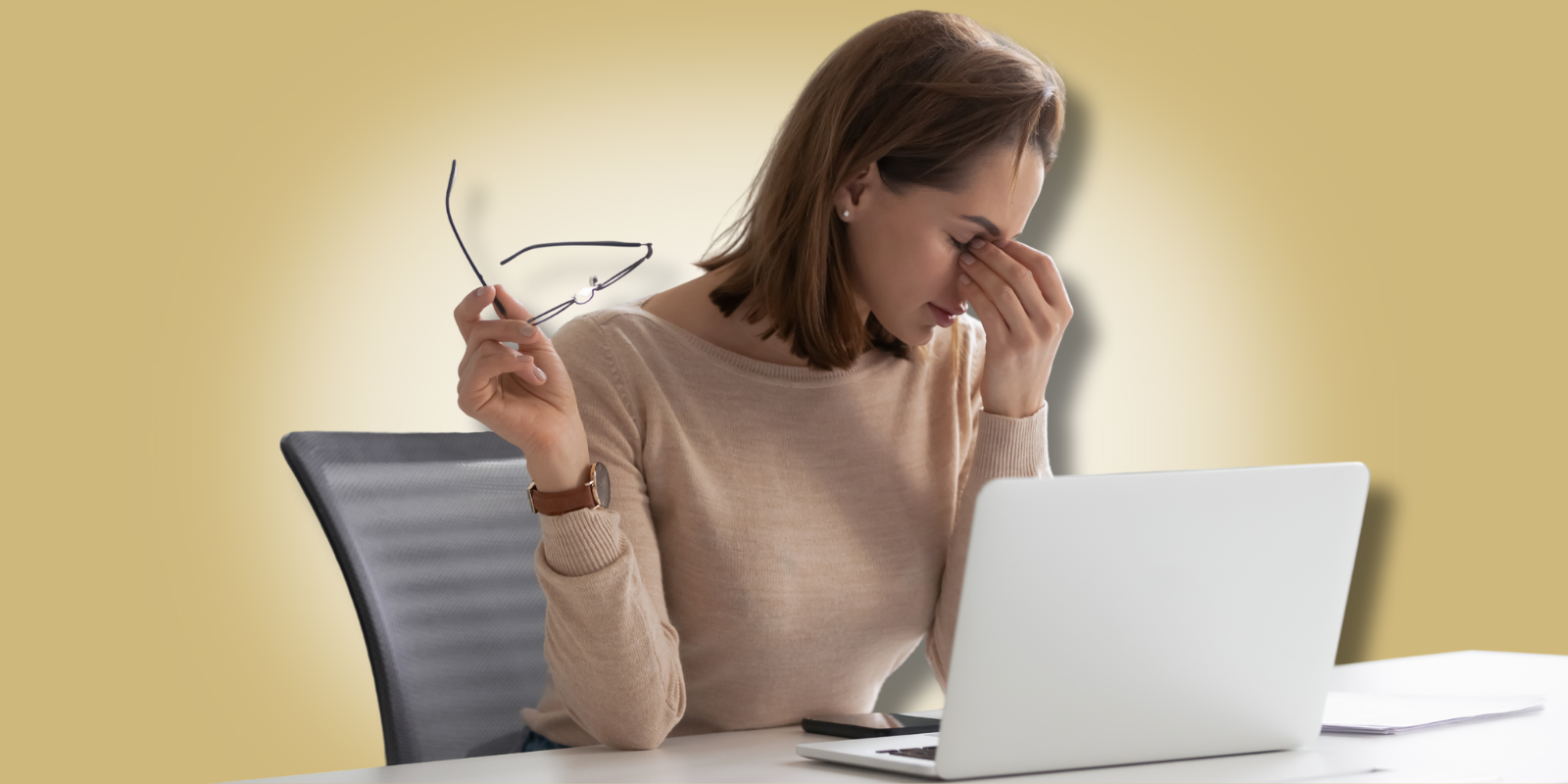In the low vision rehabilitation clinic at the Sue Anschutz-Rodgers Eye Center, specialists help patients regain some of their daily lives. Oftentimes, that means helping and educating caregivers, too.
“We try to help people use the vision they do have so they can keep doing the things they want to do,” explains Kara Hanson, OD, FAAO, director of the Low Vision Rehabilitation Service (LVRS) and associate professor of ophthalmology at the University of Colorado School of Medicine. “Overall, our goal is to increase independence and quality of life.”
The clinic does that by first asking detailed questions to identify a patient’s goals and then trouble-shooting ways to achieve those goals – which may involve new techniques or using specific devices made for people with low vision.
“We do a lot of testing to determine the level of vision a person has,” Hanson says. “Our priority is to help maximize how they use their remaining vision, not to monitor ocular health — it’s important that our patients continue to see their primary eye doctors as instructed.”
This often means the doctors and occupational therapists in the LVRS also counsel caregivers and family members on how to best help adjust to living with low vision.
“We are often asked by caregivers what they can do to support their loved one. This can be a challenging time for them, too. They want to help but aren’t always sure what the best way is,” Hanson says.
While it can depend on the patient’s goals and their level of vision, Hanson explains that there are several common suggestions she and the clinic give to the people supporting a person with low vision.


.png)

